A lime-green meteor as bright as the full Moon streaked across Canadian skies on July 24th and may have delivered free samples from the asteroid belt.
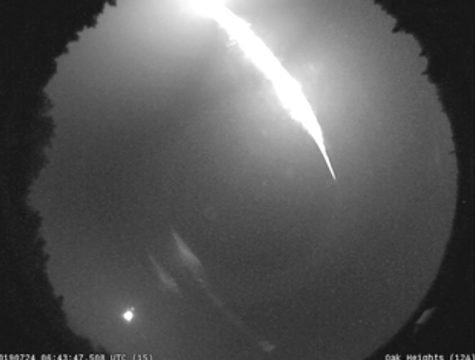
SOMN - Western University
At 2:44 a.m. EDT on July 24th, a wolf near Eel Lake in southern Ontario jerked its head skyward in surprise as a 12-inch (30-cm) diameter meteoroid suddenly illuminated the forest like a transitory full moon.
The object, a stray from the asteroid belt, finally found a home after countless years of aimless orbiting — the heavily forested lake country some 200 kilometers north of Toronto not far from the town of Bancroft.
Assorted wolves and night predators weren't the only ones with their eyes on the surprise. Plenty of of people saw it, too. Nearly 50 eyewitness reports were submitted to the American Meteor Society's (AMS) fireball reporting page by observers from Michigan to Québec. Gary N. of Hamilton, Ont. described the color as bright "lime green." Jenny K. of Getzville, NY called it "the size of my fist."
Fireball near Bancroft, Ontario — SOWN, Western University
It was also observed by 10 all-sky cameras of the Southern Ontario Meteor Network (SOMN), part of the University of Western Ontario's All-Sky Camera Network. Additional cameras as far as Montreal confirmed the sighting. After analyzing the photos, we know that the beachball-sized rock originated in the asteroid belt, slammed into the atmosphere traveling at 72,580 kilometers per hour (45,000 mph), and flared for some 9 seconds before entering its dark flight phase some 29 kilometers above the ground.
Most meteors crumble and vaporize during atmospheric entry, but there's a good chance this one left meteorites ranging from gram to 100-gram sizes scattered across its flight path.
Peter Brown of Western University describes the fireball
"We suspect meteorites made it to the ground because the fireball ended very low in the atmosphere just to the west of Bancroft and slowed down significantly. This is a good indicator that material survived,” said Peter Brown, a meteor and comet researcher at Western University.
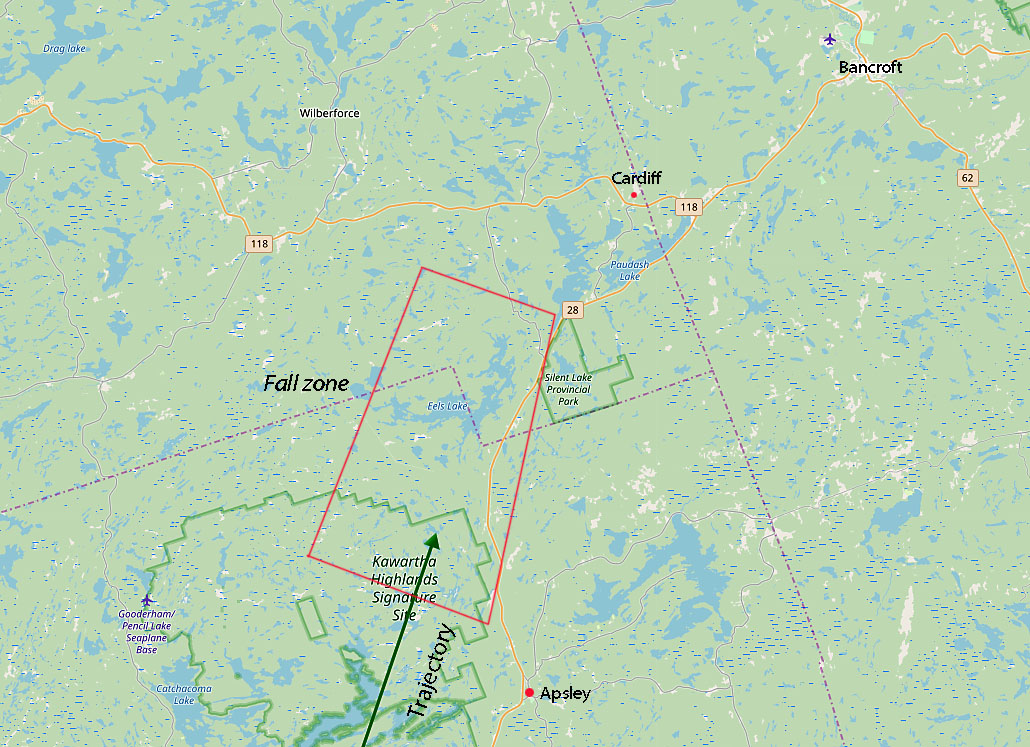
NASA Meteoroid Environment Office
The best place to look for fragments lies within a trapezoidal region several miles south of the tiny town of Cardiff. Although several highways thread the area, the Google Earth satellite view reveals a landscape dominated by forest and lakes. Zooming in, there also appear to be expanses of exposed rock, which if you can reach them, might be good areas to hunt.
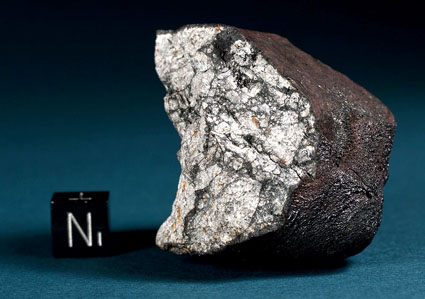
Svend Buhl
Meteoroids entering the atmosphere are heated to high temperatures and develop a "burnt toast" fusion crust of melted minerals when they reach the ground as meteorites. Softer materials are often ablated away by heat and speed, which dimples or scallops the rock's surface and frequently leaves narrow, radiating rivulets of melted rock called flow lines.
If you decide to join the hunt, this is what you'll be looking for: freshly fusion-crusted black rocks with gently undulating surfaces that look out of place among the native rocks. Most meteorites are attracted to a magnet, so bring one along. Meteorites broken on impact often show a pale, concrete-colored interior in stark contrast to their blackened crusts.
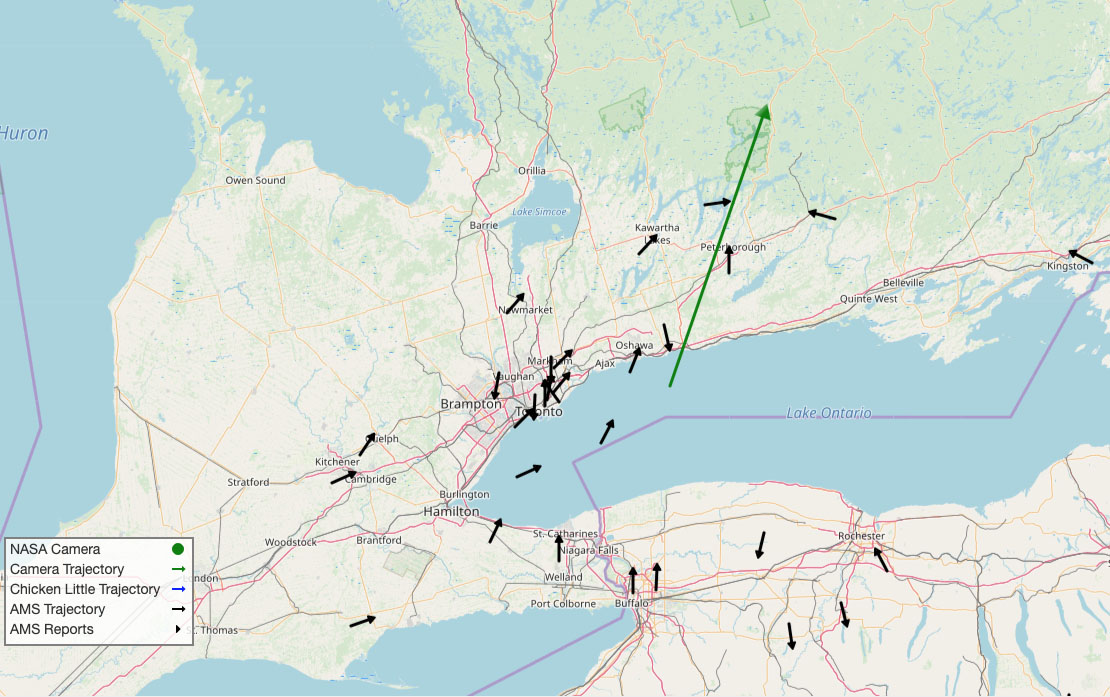
NASA Meteoroid Environmental Office
The Ontario fireball made its first appearance over Lake Ontario at an altitude of 93 kilometers and headed northeast over Clarington and Peterborough before finally disappearing from sight west of Bancroft. Fireballs happen all the time, and more and more are being recorded on video thanks to ubiquitous security cameras. Unrelated to the Canadian fall, a brilliant meteor lit up New England skies on the night of July 24th around 11:15 p.m. local time, a little more than 20 hours after the Bancroft bolide. It traveled northwest over Long Island and possibly made landfall somewhere in Connecticut. 784 people reported the incredible sight.
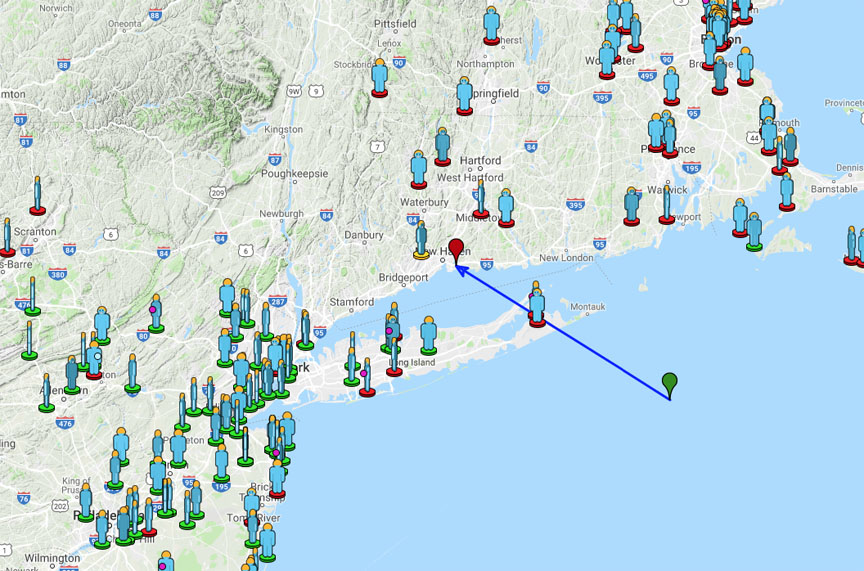
Mike Hankey / AMS
Then on Thursday morning the 25th, around 12:15 a.m. local time, another fireball blazed over the Hawaii's Big Island before falling in the drink. Sooner or later you're bound to see one!
In a given year, only about 8 to 15 witnessed meteor falls yield recoverable meteorites. Should teams find space bounty from the Canadian fall, it would be 2019's fourth recovery after Viñales, Cuba (February 1st), Aguas Zarcas, Costa Rica (April 23rd) and a July 22nd fall in India unofficially named Mahadeva.
Fireball animation — from the asteroid belt to home-sweet-home
For updates and more details, check out NASA's fireball site. I will update this blog as soon as someone stumbles across a meteorite!
 2
2







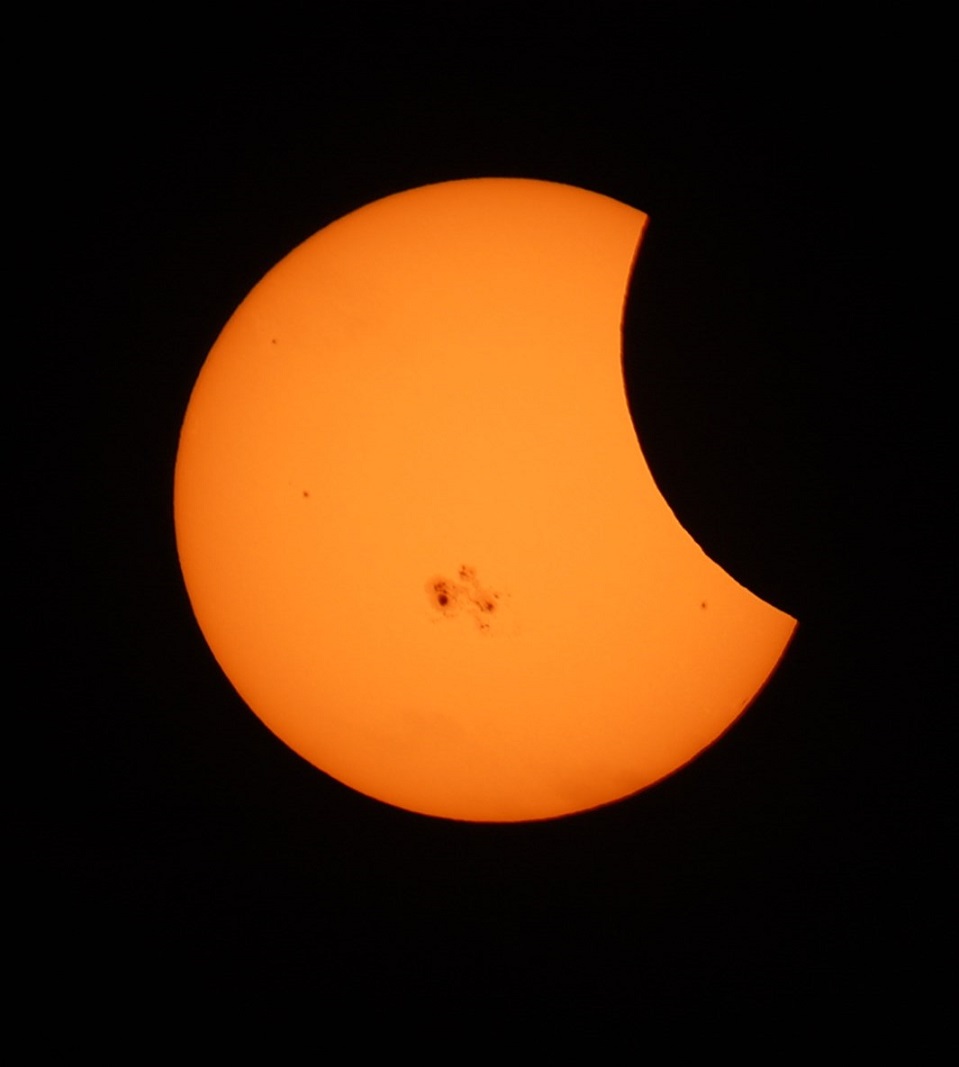

Comments
StanR
August 3, 2019 at 12:10 pm
I'm finding the times a bit confusing here. If the Ontario meteor was at 2:44 a.m. EDT and the New England meteor "a little more than 8 hours" later, that would put the latter one squarely in the daytime. I am thinking it probably was 8+12=20 hours later, since another article elsewhere said it was about 11:15 p.m.
You must be logged in to post a comment.
Bob KingPost Author
August 4, 2019 at 4:24 pm
Hi Stan,
Yes, that's my bad addition. Thanks — now repaired!
You must be logged in to post a comment.
You must be logged in to post a comment.